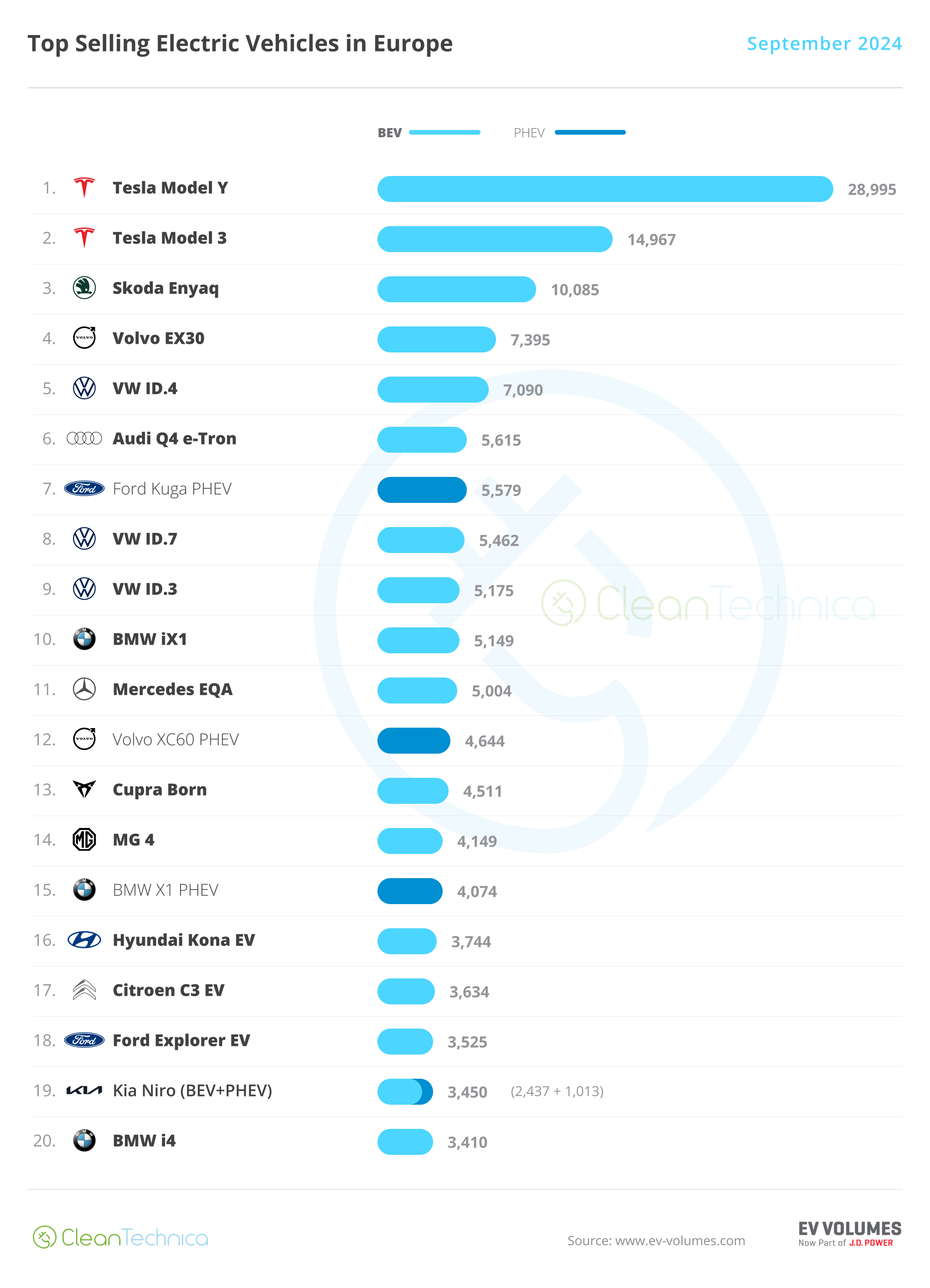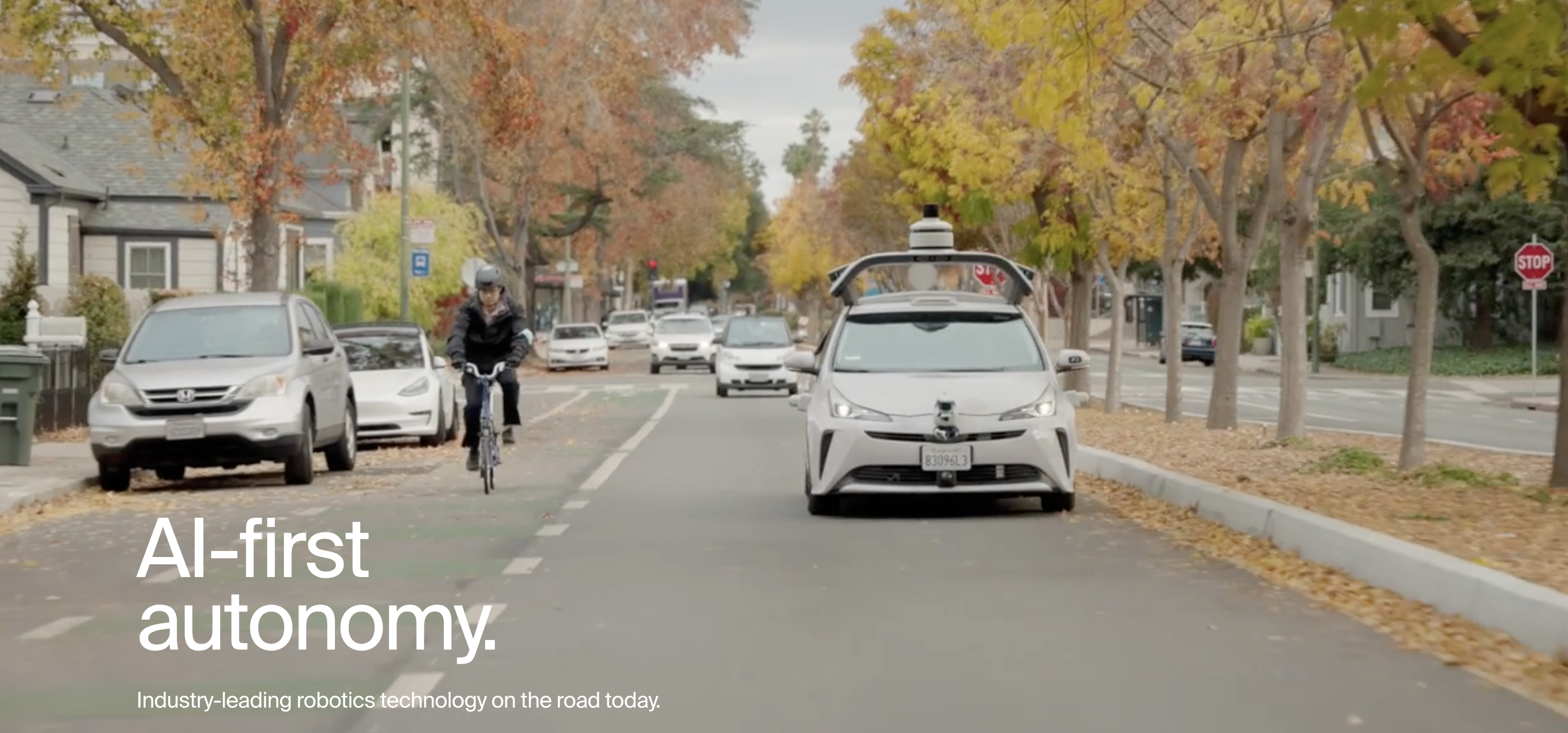Sign up for daily news updates from CleanTechnica on email. Or follow us on Google News!
Does federal funding for climate action seem too difficult or diffuse for your city or town? The Biden-Harris administration has incorporated tax credits, incentives, and grants to implement its robust climate agenda, which includes an economy-wide goal for the US to be carbon neutral by 2050 as well as to reach 100% clean electricity by 2035. Your city or town can benefit, and it’s definitely worth the effort.
 Chip in a few dollars a month to help support independent cleantech coverage that helps to accelerate the cleantech revolution!
Chip in a few dollars a month to help support independent cleantech coverage that helps to accelerate the cleantech revolution!
How Communities Can Incorporate Federal Funding & Sustainability Goals
Sometimes called “green city initiatives,” projects made available from federal funding make cities more sustainable by using eco-friendly tools like energy efficiency, waste management, and open spaces. These practices are growing, focusing on sustainable development.
Many types of federal funding are live and waiting for local governments to tap into. For cities looking to comprehensively address resilience and sustainability at the local level, there is an array of federal funding sources available for a wide variety of eligible uses. These funds, ranging from annual allocations to competitive grants, give municipalities the financial opportunity to add a climate and resiliency lens to all municipal operations and projects.
Two major federal funding measures are reaping benefits for towns and cities.
The Inflation Reduction Act (IRA): The IRA is the nation’s largest ever investment in climate and energy. The landmark legislation for the first time provides tax-exempt entities, including local governments, the opportunity to receive the monetary benefit of tax credits directly from the federal government.
Approximately $394 billion over the next 10 years will be spent on decarbonization and converting the grid to clean energy through the IRA, according to McKinsey & Co. The IRA includes programs and investments for towns and cities, not just for states. As the Sierra Club breaks down, cities can get a check from the federal government to pay for clean energy. Local governments can choose either an investment or production tax credit for all wind and solar projects. Battery projects are eligible for the investment credit only. No funds provided with the IRA will be used to install fossil fuel-based equipment, an important step to ensure every dollar of this funding will go towards meeting the Administration’s goal of a net-zero emissions buildings portfolio by 2045.
The US Conference of Mayors offers help to help to wade through IRA technicalities: “Cities Advancing Climate Action — Unlocking the Potential of the Inflation Reduction Act.” Senator Edward J. Markey (MA-D) has issued “A Clean Energy and Climate Guide to the Inflation Reduction Act” that provides an overview of the clean energy tax credits and grant programs that are available to individuals, communities, schools, small businesses, and local and state governments.
The Bipartisan Infrastructure Law (BIL): Through 2026, at least $550 billion will be spent on U.S. transportation networks and other projects through the BIL, according to the White House. The focus is improving roads, bridges, public transportation, and water systems. The IIJA prioritizes funding for climate mitigation, social equity, and environmental justice. Incorporating green elements helps preserve biodiversity within urban areas, promoting a healthier ecosystem and supporting various plant and animal species. Sample projects from federal funds through the BIL will be spent on energy efficiency and conservation, brownfield clean-up, reducing pollution, and removing or retrofitting highways that divide communities.
Although investments made through BIL focus primarily on infrastructure, they have the potential to catalyze complementary projects. In fact, the Urban Land Institute says “the IRA and the BIL potentially provide a once-in-a-generation investment in sustainability, equity, and resilience.” Public investments in highway conversions that improve public transportation, walkability, and access to green space may unlock opportunities for adjacent real estate development. The synergy between private and public investments can ultimately lead to cleaner air, more opportunities for people to engage with nature, and more resilient communities overall.
For an in-depth list of all infrastructure funding opportunities in the Bipartisan Infrastructure Law, visit NLC’s Infrastructure Insights Dashboard.
How Cities & Towns Tap into Federal Funding for Sustainability
Look at two communities that have benefited significantly from federal funding for sustainability efforts.
- In Natick, MA the Bennett-Hemenway Elementary School got outfitted with air conditioning due to a $2 million grant from the US Department of Energy. Along with the air conditioning, the school in Natick will be rewired to run totally on electricity. It’s a retrofit that’s both better for the comfort of students and teachers inside and better for the fight against climate change.
- In 2023, Tallahassee, Florida received a $15 million RAISE grant to invest in construction of Southside Transit Center (SSTC), a new bus transit facility that will integrate multiple transportation modes in a place defined by the Department of Transportation as an “Area of Persistent Poverty.” The SSTC will feature solar panels to help power the facility and electric charging bus bays to accommodate the city’s growing EV fleet.
Having an in-house sustainability officer can help. A person dedicated to acquiring federal funding for sustainability awards can be fully focused on winning major grants for local, climate-friendly improvements such as solar panels that lower electric bills, new electric vehicle (EV) chargers, and energy efficiency upgrades that save money while slashing greenhouse gas (GHG) emissions.
While having such a position isn’t imperative, these positions can quickly pay for themselves, as the Boston Globe notes. Right now, it’s mostly cities and wealthy suburbs that have staff dedicated to sustainability initiatives. The upfront investment in such skilled positions, however, can spur consequential, system change for diverse towns and cities as well as benefit the planet.
Final Thoughts about Federal Funding for Climate Resiliency Programs
When the US Energy Secretary says, “You gotta keep the lights on,” what does that really mean, on a micro level? Jennifer Granholm spoke in April at The Boston Globe’s Sustainability Week annual conference. At the time she referred to the need to balance the demand for clean energy with the challenge of reliably and responsibly providing enough energy to support US communities, businesses, and the economy. Granholm’s statement had a subtext of bridge fuels and a certain bow to the fossil fuel industry.
Cities and towns, however, don’t need to acquiesce to an oil-is-all mentality.
Both BIL and IRA include goals to support community equity, including by connecting historically disadvantaged and underserved communities to jobs, improving public health, reducing pollution, and increasing access to affordable clean energy.
Many of these programs require applicants to have active SAM.gov and Grants.gov registrations. Prod your city or town to consider applying as soon as possible, as applications can take months to process. Additionally, many of these programs are still being rolled out. If the agency offers it, consider signing up for updates so you don’t miss out on these critical funding opportunities.
Have a tip for CleanTechnica? Want to advertise? Want to suggest a guest for our CleanTech Talk podcast? Contact us here.
Latest CleanTechnica.TV Videos
CleanTechnica uses affiliate links. See our policy here.
CleanTechnica’s Comment Policy





